• Helicopter at war • First in service • Rescue role

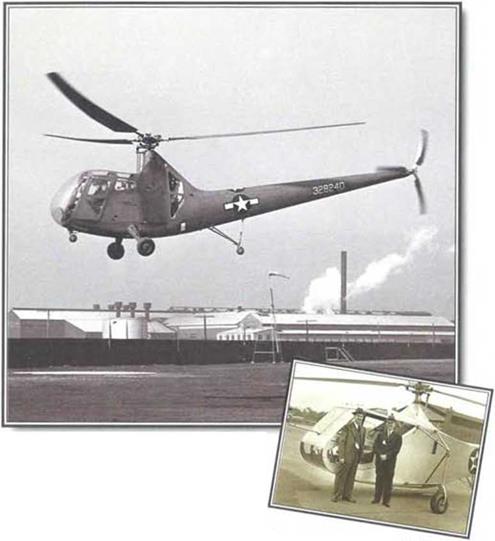
Igor Sikorsky flow the prototypo of his first helicoptor, the VS-300. in Soptomber 1939. By January 1942 his company had built and flown о того powerful derivative, the VS-316A and it was this model that the US Army Air Force bought for evaluation, as the XR-4. The USAAF went on to buy more than 100 R-4Bs. In October 1943 Sikorsky flew the XR-6, an improved variant with a more powerful engine and a more refined,
streamlined fusolago.
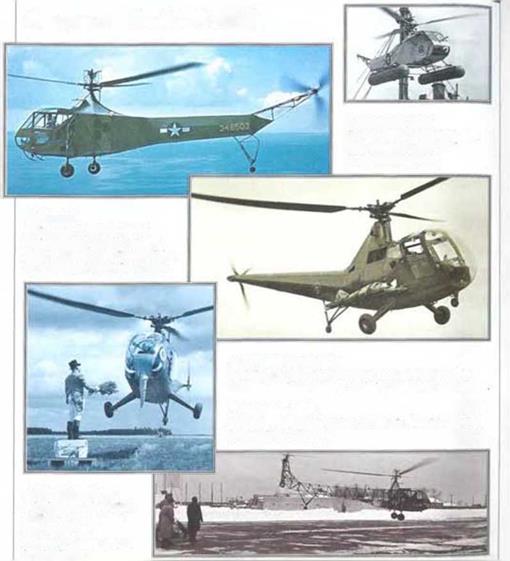 ▲ Merchant Navy
▲ Merchant Navy
Sikorsky R-iB helicopters flew from merchant ships, acting as air observation posts.
A Warbird
Helicopters wore employed during the war by both the US Navy and Army; ono rs scon lifting off on an oarfy operational flight.
A Casualty evacuation
In addition to two crew members, fwo stretchor coses could bo earned externally, enabling advanced area rescue
▼ Tall rotor trials
A developmental model tokos to the air. showing the early style auxiliary toil rotor.
|
A Precision flying
Bringing new dimensions of flight to tho masses was part of tho holicoptor’s oarly role, as m this display
|
|
FACTS AND FIGURES
► Colonel Frank Gregory mode the first helicopter landing aboard ship, on 7 May 1943 In Long Island Sound, USA.
► Tho first flight of the XR-4 was on 14 January 1942.
► Early XR-4s had a metal and fabric – covorod fuselage.
► The US Navy established its first helicopter squadron, VX-3. at Floyd Bonnett Flold NAS.
>■ Three YR-6As made the first roscue mission In China during World War II.
>• R-4Bs became the first production helicopters in tho world.
|
R-4B
Typo: experimental, training and roseuo helicopter
Powerplant: one 138-kW (l8S-hp.) Warner R – 550-1 or R-550-3 Super Scarab radial piston engine
Maximum level speed: 120 km-h (74 m p. h)
Endurance: approx 2 tv Climb rate: 2440 m m 45 min Range: 209 km(130 mi)
Service ceiling: 2440 m (8005 ft)
Weights: empty 913 Kg (2.013 IbJ; loaded 1153 Kg (2.542 IbJ
Accommodation: two paots seated side by side
Dimensions:-otor damoter 11.0 m (38 ft.) overall length 14 65 m (48 ft)
twgW 378 m (12 ft. 9 In.)
rotor disc area 105.3 m! (1,133 so ft)
|
|
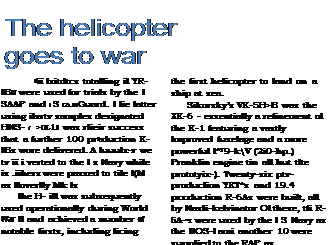 |
|
Loft: Smglo-ongined and with a crew of two. YR-6As flew numerous missions involving spotting, reconnaissance and rescue over land and at sea.
|
|
|
the Hoverfly Mk II.
Alter 191>>. the K-1 and H-b Ixvanie known as the 11-І and H-<>, respectively. Though they had relatively short careers, they paved the way for later developments Hie helicopter configuration they pioneered remained essentially unchanged for more tllun W) wars.
|
|
|
Abovo: YR-4BS gave bomber crows the chance of roscuo. it needed: this one lifts off to search for a ditched aircraft. •
|
|
|
|
|
Thu mckprt. with side-by-tade senbng w:v, f n«l ‘well instruments lor both t>« is. Gazng wasextenafve. gvmg «• ntenr v-sibety ft a» dreebons
|
|
|
T)hi new ruler hood was л simple and MraghUorwurti design corseting of various push rods si mounted a> a metal pytan of four stool tubes. fKs proved eftjeuve arxt extremely venotle
|
|
|
Trvoo rotcr biados wore constructed trom tumnasod spruce with balsa leodog nogos co-onxl by totorie. an urxnucu сочтюхзл method wtich proved extrorncty durable
|
|
 |
|
Mountod vodicafy OrectV betund the pints, u Warner R 550-1 гази» ongwi ржяй tho R-4. driving both rotors through a complex wbxw of tnrisriwison utiafli.
|
|
|
The boxlfce fusetage consisted ol heny gauge steel tubng with welded (Quits and was covered n tabne to reduce drag
|
|
 |
|
After numerous axpanmenta mars Ни? mounting ol the taf rator n me vertical розеол was кялі to gwe the boot directional contra!
|
|
|
|
|
|
|
|
Problems with umdng ravJlrxl г the tail wrioci bomg mo-zed to 1ho mu of the bOOh bom its wtor central position, so. іtewing better handing
|
|
|
An example of a Sikorsky R-48 in US Army service
wtth the Air Junglo Rescue Squadron, which was
employed to retrieve wounded soldiers and
aircrew from inaccessible areas.
|
|
|
Sikorsky’s early years
В FIRST FLIGHT: Igor Sikorsky made the *<rst a" mpte to tly in trio VS-300 on September,5′;’ at Stratford. Connecticut, in the USA
|
|
|
Ш TAIL ROTORS: Another variant ot the VS-300 was constructed with adcMional ta-l rotors to impro-zo the handing qualities
|
|
|
I THREE TAILS: Although the addition of tail rotors was thought to be the answer, eventually the singlo rotor was seen as most effective.
|
|
|
■ BASIC DESIGN: With the Sikorsky R-4 the basic principles of helicopter (light had been solved. The example la seen with tloats.

|
|
|
|

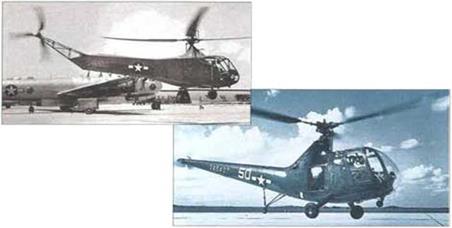


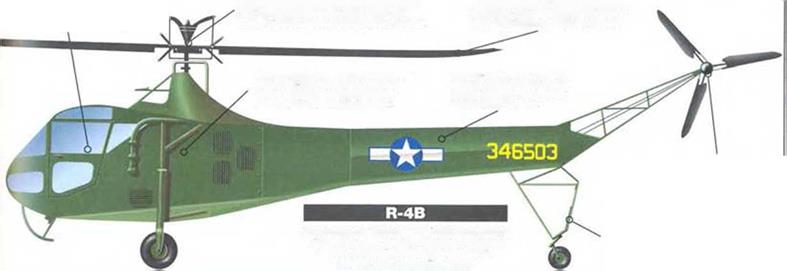
Sikorsky


 ▲ Merchant Navy
▲ Merchant Navy

![]()
















